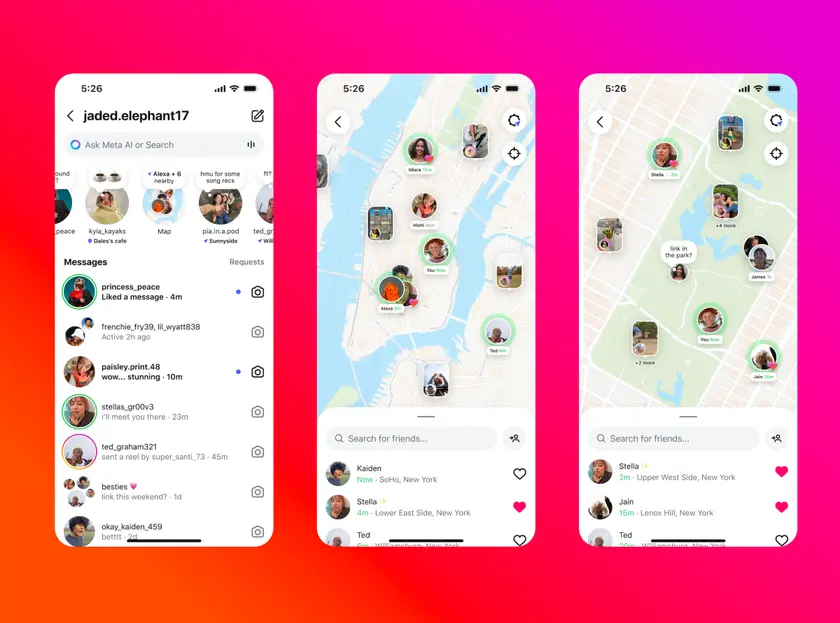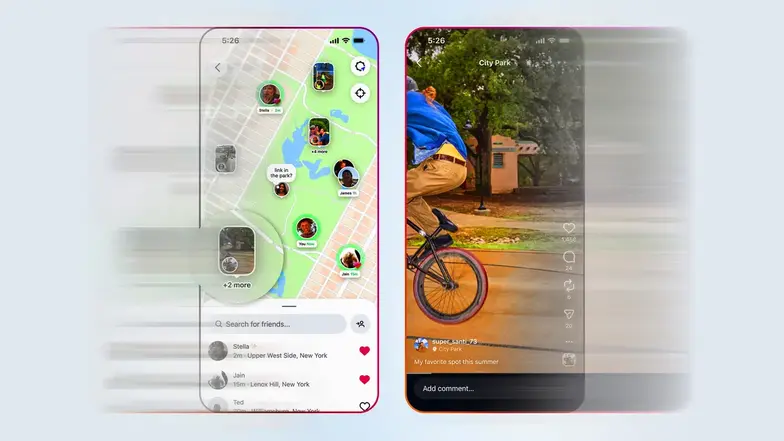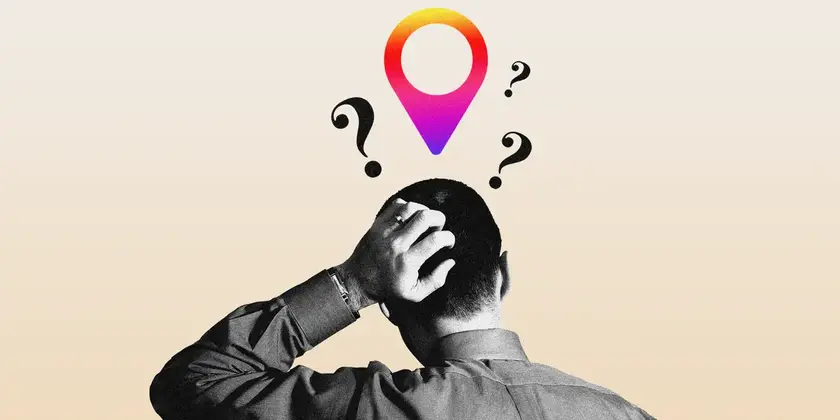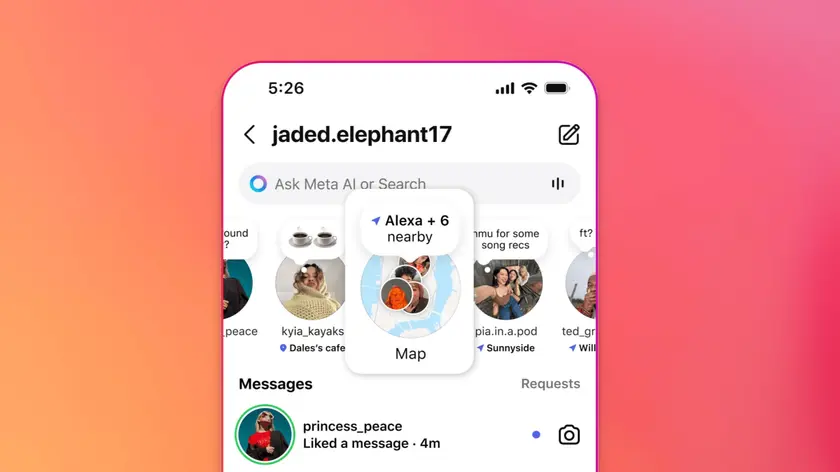T4K3.news
Instagram Map privacy raises questions
New location sharing tool prompts a closer look at how consent works and how users understand visibility settings.

Instagram Map asks users to opt in for location sharing, but confusion over defaults raises privacy concerns.
Instagram Map tests user privacy safeguards
Instagram launched Instagram Map, a Snap Map style feature that lets U.S. users share their most recent active location with friends and discover location based content. The feature is opt-in and location sharing is off by default, according to Meta. Some users have posted about confusion over how the map works, with many believing their location is visible to others automatically. Adam Mosseri says the system requires explicit consent to share and that double confirmation is required before sharing.
Location data can be pulled from location tags on Stories or Reels, which means the map can show information from posts that already tagged a place. The map makes such data easier to access, but this is not a new practice; location tags have existed in map views before. The feature updates only when the app is open or running in the background, not in real time. To turn off sharing, go to Profile settings and adjust Location sharing. Even with location sharing off, you may still see others' location if they share with you. The Notes feature adds short messages on the map.
Key Takeaways
"We're double checking everything, but so far it looks mostly like people are confused and assume that, because they can see themselves on the map when they open, other people can see them too."
Mosseri explains user confusion about visibility
"no one can see your location until you share it with them"
Location sharing rule emphasized by Mosseri
"We ask you to confirm after you say you want to share"
Consent flow described by Mosseri
"Who can see your location"
UI prompt shown when opening Map
Instagram Map reflects a broader push toward location-based discovery in social apps, trading privacy checks for convenience. User confusion about defaults points to a gap in UI clarity and user education, even as the tool promises more relevant content. The idea of double consent by design is a useful guardrail, but it may be easy to overlook in a fast scroll feed.
If not handled well, such features can invite misuse or stalking, especially for vulnerable users or in sensitive settings. Platforms should couple new tools with clearer explanations, stronger default protections, and easy options to revoke access. Regulators and critics will watch how Meta balances discovery with privacy and whether future updates tighten controls or widen exposure.
Highlights
- Consent by design keeps control in your hands
- Your location stays private until you share
- A map invites discovery while testing privacy
- Double consent before sharing is a guardrail
Privacy risks with Instagram Map
The feature blends location sharing with content discovery, raising concerns about user safety and unintended exposure. Confusion about defaults could lead to people sharing location unintentionally, while the platform must ensure explicit consent is observed and clearly communicated.
As new tools blur the line between discovery and privacy, clarity and control become the core tests.
Enjoyed this? Let your friends know!
Related News

Instagram Map feature raises privacy concerns

Instagram expands map and Friends Reels despite privacy concerns

Instagram Maps Under Scrutiny

Instagram Launches Repost Feature and Interactive Map

Maury Povich supports Bonnie Blue amid pregnancy rumors

Shrinking Summer tests body positivity

Cremation delayed after Hogan death raises questions

Meghan Markle criticized over birthday tribute
